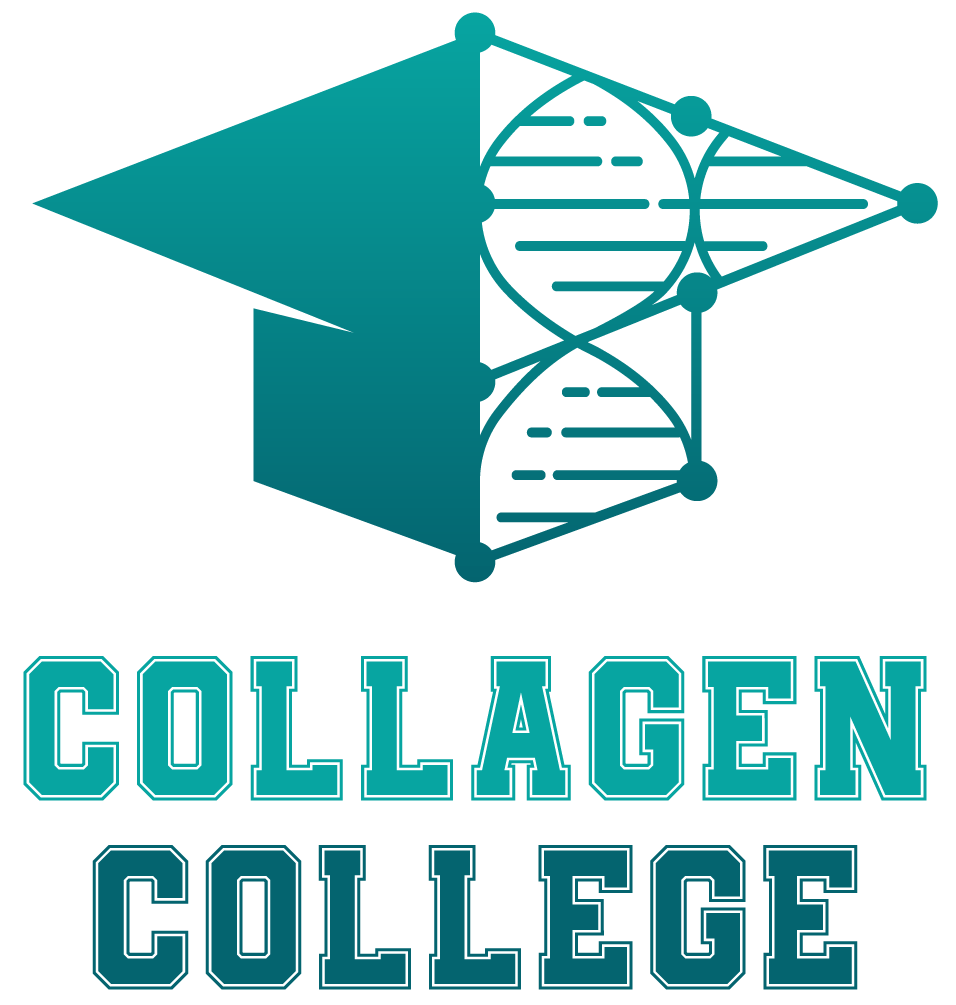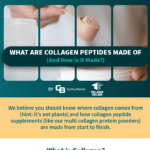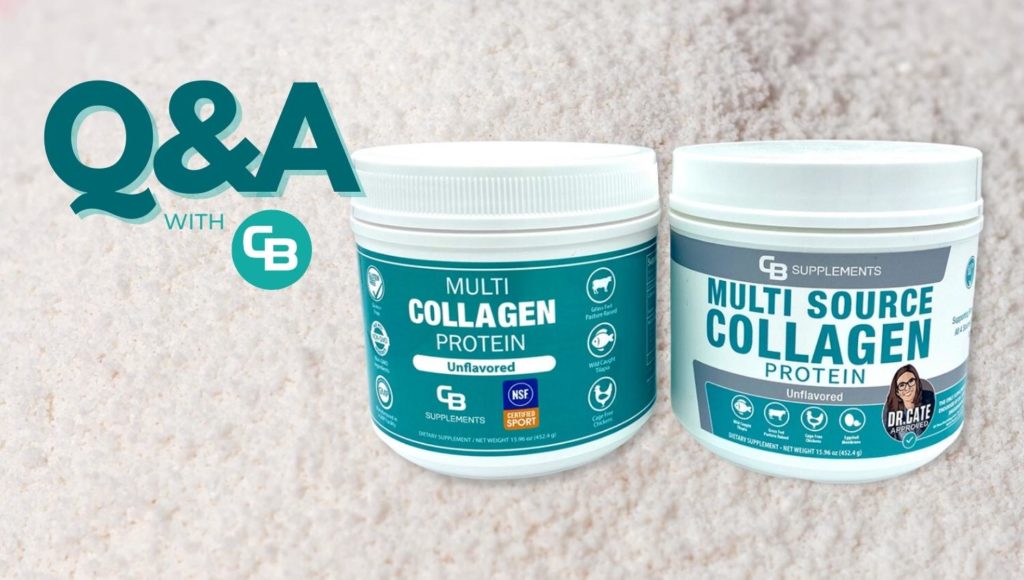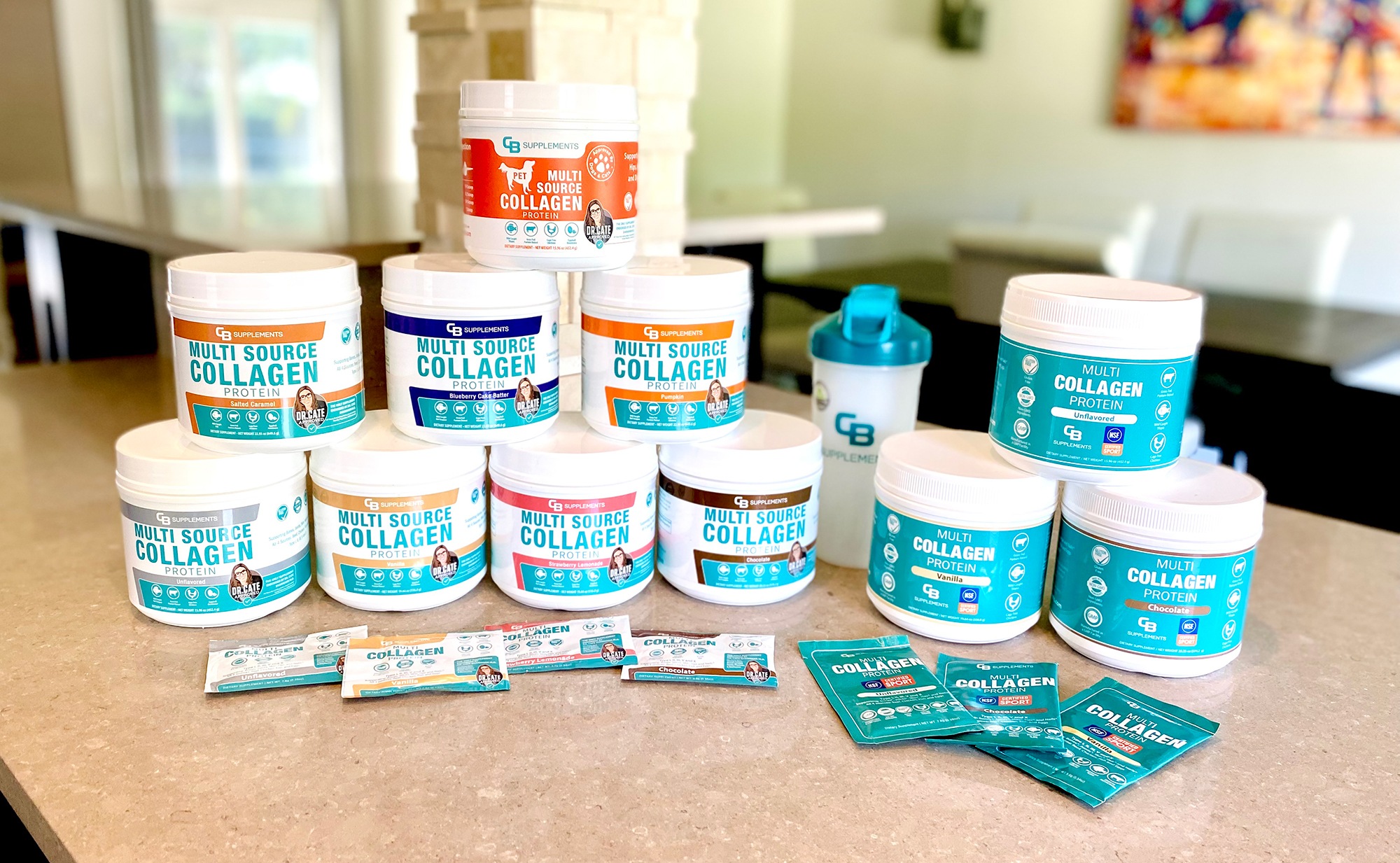“How the Sausage Gets Made”
We’ve all heard it.
And probably said it once or twice (maybe more if you’re anything like me).
In many industries, this idiom sometimes connotes a not-so-great peak at the process required to create a product. Knowing how the sausage gets made will have a various impact on both consumers and companies. For companies with radical transparency and quality products, it’ll provide an incredible educational experience. For others with low-quality products and questionable manufacturing practices, it could be incriminating.
Sorry sausage lovers, we’re not talking about how actual sausage is made here (but, see this instead!)
Consumer’s Responsibility: Know the “What” & “How” of Collagen Supplements

You (the consumer) have a role here. We believe you should know where collagen comes from (hint: it’s not plants) and how collagen peptide supplements (like our multi collagen protein powders) are made from start to finish.
The same goes for reading labels, check those ingredients folks!
Remember, the FDA is not authorized to review supplements before they are marketed — the manufacturers and distributors are responsible for making sure their products are safe BEFORE they go to market.
Knowing what you’re going to put, or currently putting, in your body is due diligence everyone should carry out. Here’s what to look for in a collagen powder.
What is Collagen?
Let’s start with a quick, basic definition.
Collagen is protein (along with peptides), and it’s the most abundant protein found in all mammals, including humans. It makes up nearly 1/3 of our protein composition. It plays a role in the critical functions of our body including our skeleton, skin, tendons, and ligaments.
Collagen is the “glue” that holds us all together.
When you look at a person, you’re basically seeing 3 things: Water, Gas, & Collagen.Charlie, Founder
What is Collagen Made of?
Now that you know what collagen is, let’s discuss what collagen is made of.
Get ready for some science.
- Collagen is a major structural protein molecule
- Collagen contains 19 amino acids, including 8 essential amino acids
- The molecule is composed of three chains, wound together in a tight triple-helix. Fun fact: ponytails can be in a helix braid — also called a “DNA braid”!
- This triple helix comes in an abundance of three amino acids: glycine, proline, and hydroxyproline. It also possesses hydroxylysine.
This combo of unique amino acids form short peptides (2-3 amino acids strung together) to give collagen its incredibly powerful magic.
Collagen: the Missing Food Group
Simply put, collagen is made up of unique properties, not found anywhere else, and critical to all mammals.
In fact, Dr. Cate believes it’s a missing food group in most people’s nutrition. Missing food group? Woah. That’s powerful.
Collagen is a missing food group that has special compounds found nowhere else in the edible world.Dr. Cate
Now that we know what collagen is, what it’s made from, and how magical it is — let’s talk about where collagen comes from!
Where Does Collagen Come From?
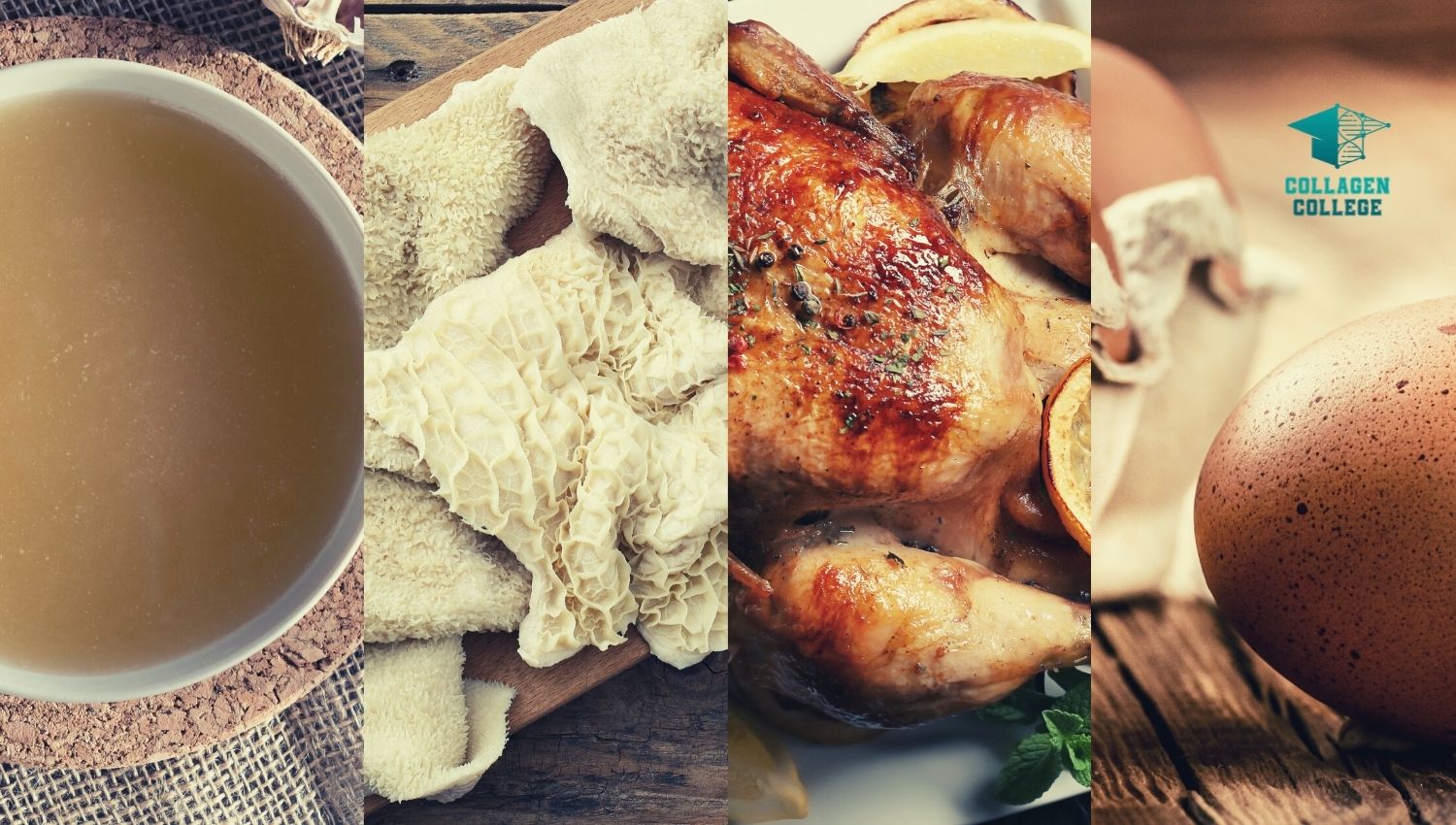
Let’s start with stating where collagen does NOT come from. And that’s plants. Collagen can not be found in plants. There is no actual vegan collagen available for consumers, just collagen “boosting” products that are plant-based and meant to improve your natural collagen production.
Collagen comes from 2 places:
- Our bodies (we create it!) The key to collagen production are cells called fibroblasts. These cells live in all of our connective tissues. It’s their job to make collagen for our skin, bone, ligaments, and tendons.
- Animals (we can eat those collagen-rich parts!) This includes any animal such as cows, chickens, fish, pigs, and even dinosaurs (I bet the T-Rex was loaded with collagen) from their connective tissue; skin, bone, joint material, cartilage. Collagen can even be extracted from the membrane of eggshells.
If you’re wanting to consume these “collagen-rich” parts of animals (and you should), here are the only foods that have collagen in them:
- Bone Broth
- Certain Organ Meats (Tripe, the first or second stomach of a cow, is an excellent source!)
- Meat on the Bone including Cartilage, Skin, Bone, Joint Material
- Eggs (more specifically, eggshell membrane)
If you’re looking to counter your body’s natural loss of collagen (1-2% per year once you hit 25), you have to ingest more of it. Throw away those collagen creams that don’t work and start eating these 4 foods.
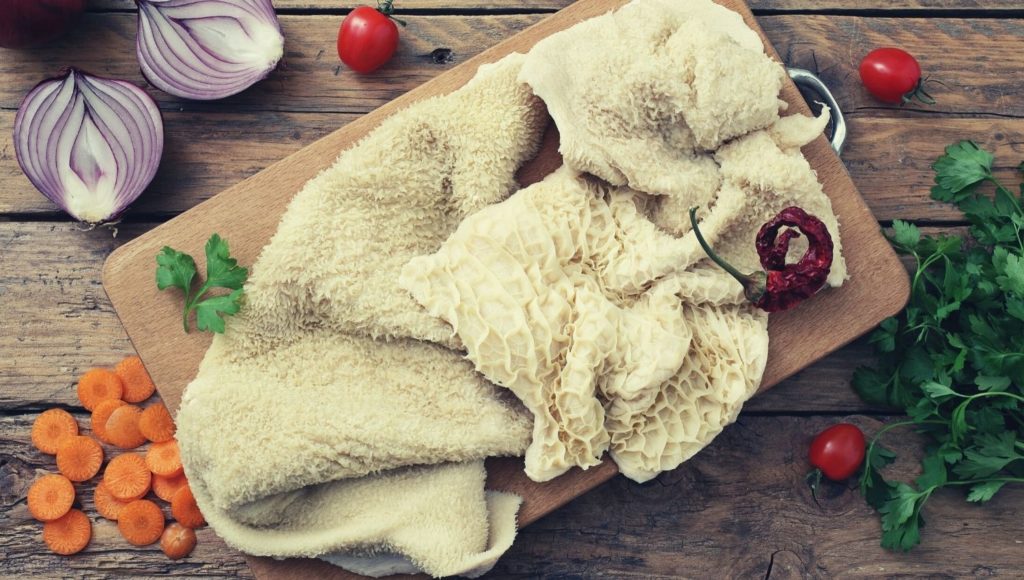
I don’t know about you, but thinking about eating tripe makes me squeamish. Many of you reading can relate (for the others, I’m wildly impressed!) Let’s be real. It can be challenging for the average person to consume many of these 4 foods regularly.
I drink a lot of bone broth, but I’d be lying if I said I’d choose cooking tripe over crushing Taco Tuesday.
What shall we do? Cue: Collagen Peptides!
What are Collagen Peptides Made of? Thank you, Hydrolysis.
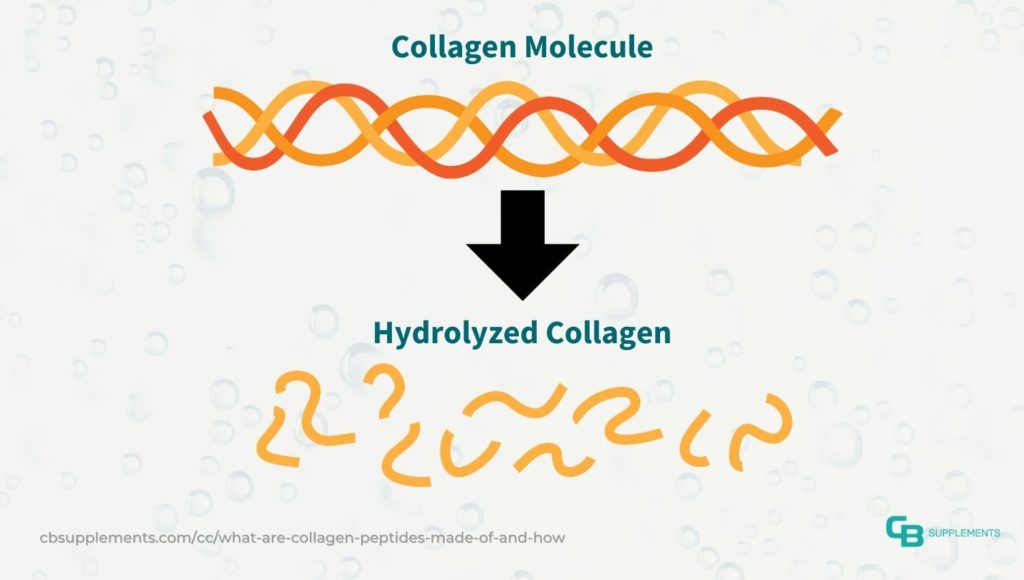
Let’s move from collagen (the awesome protein with unique properties critical to all mammals) to collagen peptides (the fancy word appended to many collagen supplements and their labels). If you’re not ready to move on, you can find an in-depth comparison of collagen vs collagen peptides here. Knowing the differences is key to understanding how peptides are made.
To get collagen (which is a BIG molecule, like 300 nm long, which means nothing to me but cool enough to share) transformed into a collagen supplement, it needs to be heated — or hydrolyzed.
The word hydrolysis comes from the word hydro, which is Greek for water, and lysis, which means “to unbind.” In practical terms, hydrolysis means the act of separating chemicals when water is added.ThoughtCo.
Once vigorously heated through hydrolysis, the collagen becomes collagen peptides — which are the more broken down form of collagen. This means that the protein is fully broken down, therefore making it more bio-available and ready to be easily absorbed.
You’ll see collagen peptides are also called hydrolyzed collagen.
How Collagen Protein Supplements are Made
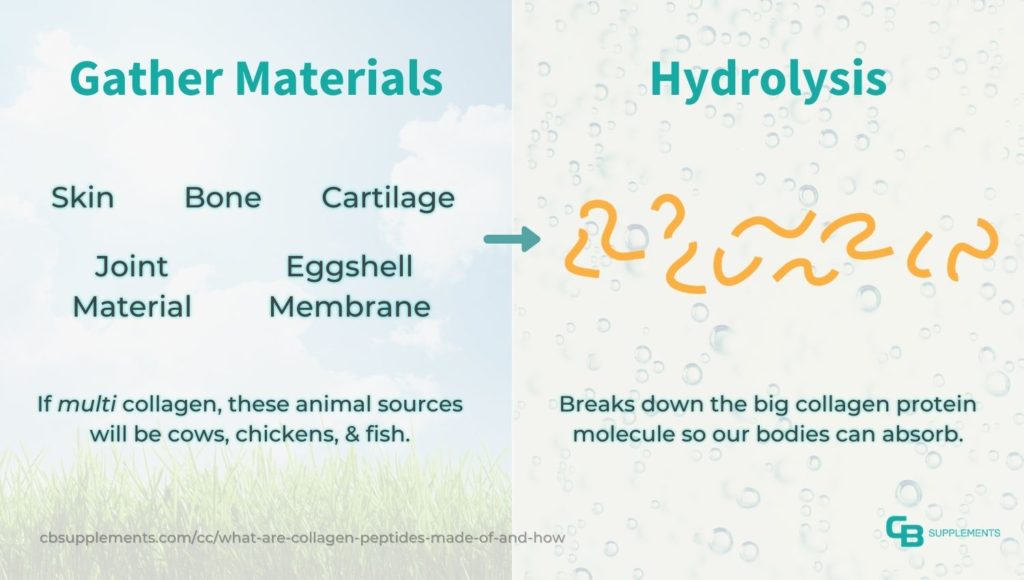
Now that we know the collagen molecule must go through the process of hydrolysis, the process of making a collagen protein supplement will have much more context.
Here are the 2 main steps needed to make a collagen protein supplement:
- Gather materials. Remember, collagen is found in the skin, bone, joint material, cartilage, and eggshell membrane of animals. Even bone broth powder can be an ingredient (Yes, we use bone broths in our complex!) If the collagen is a multi collagen (see: What is Multi Collagen Protein?), multiple animals will be used for sourcing (cows, chickens, fish) which will give you all 5 types of collagen.
- Collagen is extracted through a process of boiling (hydrolysis). Remember, this allows the protein to be broken down and bio-available.
Following these first two steps is also how bone broth is made — except instead of using just water, bone broth is also boiled with aromatic veggies.
How Collagen Protein Powder is Made
Since we’re all about multi collagen powder, we should add this.
After the above steps are completed, to make the collagen into a powder you’d simply need to dry and powder the collagen through a series of evaporation and milling techniques.
Also, don’t get confused when comparing collagen powder to pills — pills are simply capsules with powder inside. Let’s talk more about the forms of supplements.
From Peptides to on the Shelf: How Collagen Supplements reach the Consumer
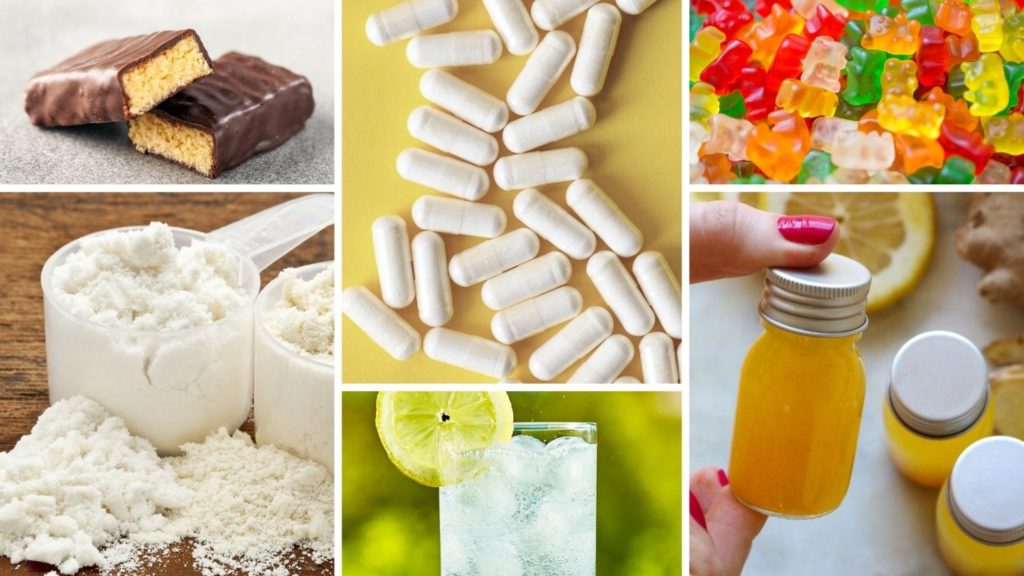
Once collagen is in collagen peptide format, it’s time for a supplement company to choose their vehicle of delivery.
Collagen peptides can be packaged up in various forms (e.g. powders, capsules, bars, liquids). Here’s the best way to take collagen in all its various forms — we’re partial to powders since there are 16+ ways to use collagen powder.
Here’s the other wonderful thing about collagen: there’s no best time to take collagen, anytime is good! Even during your morning coffee or evening tea since heat does not destroy collagen.
Final Thoughts
Understanding where collagen peptides come from and how they’re made can feel like a deep dive into that dreaded Chemistry book we all feared in High School (except Dr. Cate, she was the kid turning in extra credit every week!)
However, the overall process is pretty simple. Think of collagen first as a super-duper important protein to our body. Then, how we as humans can get more of that protein. Collagen supplements are created through the process of hydrolysis to extract this awesome protein from animals. Once in peptide form, they can be nicely packaged in a variety of products.
